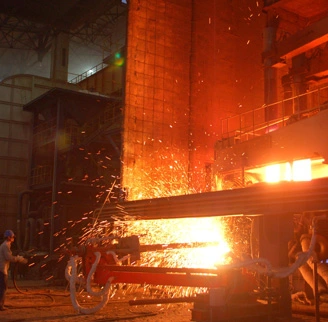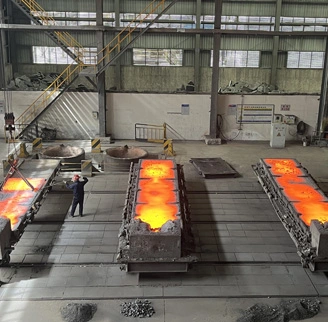The Consteel process boosts productivity and improves energy efficiency of the continuous casting furnace with minimum environmental impact. The main highlights in implementing this continuous casting furnace technology are the conservation measures such as recovery of heat from furnace exhaust gas to pre-heat scrap prior to charging in the furnace, reduction in specific electrical energy, reductions in O2 (oxygen), and C (carbon) usage with no burner fuel consumption, increased production rate due to decreased tap-to-tap time, significant decrease in electrical disturbances on the network, lower electrode consumption and electrode breakage, increase in scrap yield, less dust is evacuated to the bag house, and cost reduction.
 back homepage
back homepage
 EN
EN
 fr
fr  ar
ar  fa
fa 












